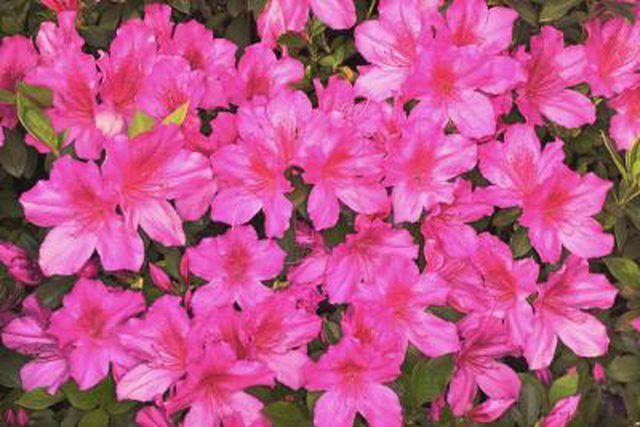Bulbs
Flower Basics
Flower Beds & Specialty Gardens
Flower Garden
Garden Furniture
Garden Gnomes
Garden Seeds
Garden Sheds
Garden Statues
Garden Tools & Supplies
Gardening Basics
Green & Organic
Groundcovers & Vines
Growing Annuals
Growing Basil
Growing Beans
Growing Berries
Growing Blueberries
Growing Cactus
Growing Corn
Growing Cotton
Growing Edibles
Growing Flowers
Growing Garlic
Growing Grapes
Growing Grass
Growing Herbs
Growing Jasmine
Growing Mint
Growing Mushrooms
Orchids
Growing Peanuts
Growing Perennials
Growing Plants
Growing Rosemary
Growing Roses
Growing Strawberries
Growing Sunflowers
Growing Thyme
Growing Tomatoes
Growing Tulips
Growing Vegetables
Herb Basics
Herb Garden
Indoor Growing
Landscaping Basics
Landscaping Patios
Landscaping Plants
Landscaping Shrubs
Landscaping Trees
Landscaping Walks & Pathways
Lawn Basics
Lawn Maintenance
Lawn Mowers
Lawn Ornaments
Lawn Planting
Lawn Tools
Outdoor Growing
Overall Landscape Planning
Pests, Weeds & Problems
Plant Basics
Rock Garden
Rose Garden
Shrubs
Soil
Specialty Gardens
Trees
Vegetable Garden
Yard Maintenance
How to Grow Azaleas in Pots
How to Grow Azaleas in Pots. Azaleas belong to the same family as rhododendrons but tend to have softer, thinner leaves and fewer flower stamens. There are a variety of sizes, bloom times, petal shapes and colors available. Azaleas may be deciduous (drop their leaves in fall/winter) or evergreen. With more than 10,000 different varieties from which...

Azaleas belong to the same family as rhododendrons but tend to have softer, thinner leaves and fewer flower stamens. There are a variety of sizes, bloom times, petal shapes and colors available. Azaleas may be deciduous (drop their leaves in fall/winter) or evergreen. With more than 10,000 different varieties from which to choose, you should be able to find an azalea plant that will suit your container garden just perfectly.
Things You'll Need
Container
Potting mix
Knife
Mulch
Fertilizer
Visit your local nursery. The azaleas that you will find here are the ones that grow best in your climate. If you are planning an outdoor container garden, this is a crucial step. Either way, youíll get great advice and a good selection of plants that are made for your location.
Choose a container that you can move (if necessary) and one that will allow enough room around the root ball. Be sure to have several inches on each side of the root ball to allow the plant space to grow. Also choose a container that has drainage holes.
Use good soil. The Azalea Society of America recommends a potting mix composed of 50 percent potting soil and 50 percent fine pine bark. Azaleas love well-drained, moist soil and will not thrive in soil that can become water logged.
Remove your azalea from its nursery container and use a knife to cut slits into any visible roots that are wrapped around the root ball. Make 1/2-inch deep slits every 2 to 3 inches around the root ball, in a top to bottom motion. Fill your container with some of your potting mix, and place the root ball into the container, with the top of the plant resting near the top of your container. Fill in the area around the azalea with soil and top with mulch. Leave approximately 1 inch of space around the stems.
Water your azalea the day that you plant it, water it again the next day and then a minimum of once weekly for several weeks.
Place the azalea in an area with variable sun and shade. Azaleas grown exposed to full sun will tend to have shorter bloom cycles and shorter stems.
Fertilize your potted azalea every month through the fall. Use a fertilizer which has a high phosphorus and low nitrogen content to enhance the growth of roots and buds. Donít fertilize during the winter months.
Monitor the roots. Every six months, carefully remove your azalea from its container to examine the roots. If the root ball is encircled by fine roots, you should place the azalea into a bigger container, one that is 2 to 4 inches wider. Before you place your azalea in the new pot, cut the roots that encircle the root ball cutting from top to bottom every few inches.